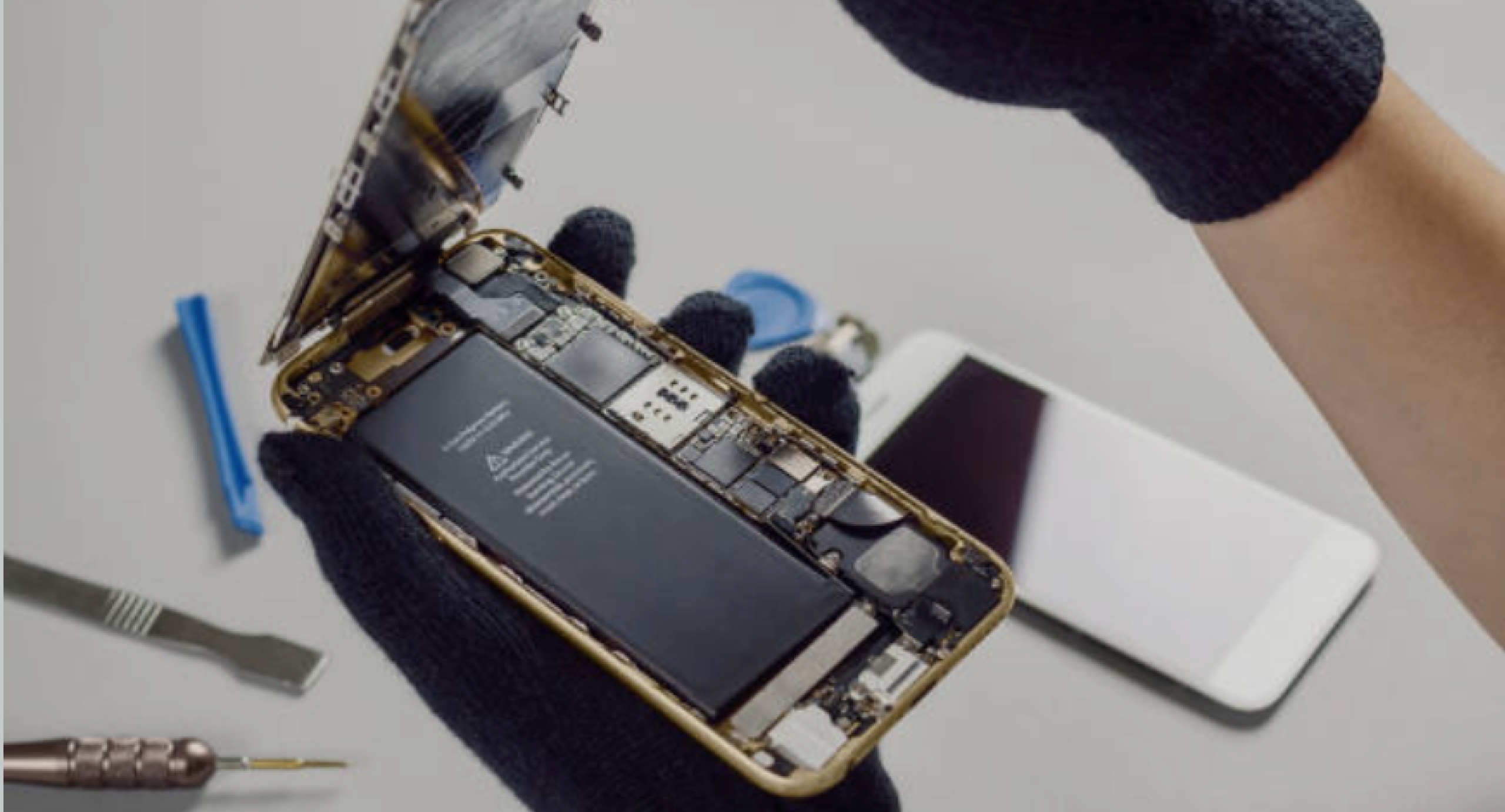It’s no secret that the first part of 2020 was particularly tough for individuals, teams, companies, and industries at large. As a result of the novel COVID-19 pandemic, in the past year, most global consumer electronics companies have been forced to move to a remote workstyle and digitally manage their supply chains.
During the first part of 2020, getting access to information and actionable data from the manufacturing lines without substantial delays was hard. Making progress without actionable data with a key limitation for teams since they were relying on other stakeholders to update them about everything.
When reflecting on 2020, there were a few key changes, learnings, and industry shifts that were brought to the surface. A key outcome from this forced change was widespread industry acceptance of distributed work. Many teams shifted their approaches to work and leveraged their existing networks in the industry to keep builds on track in 2020. The general sentiment is that the past year has involved less carefully-curated strategy and more daily reconfiguring of optimization efforts – requiring communication, commitment, and often compassion from leaders and teammates.
We spoke to real practitioners building some of the world’s most innovative products about the strategies they employed in the last year to manage remote builds, and which they plan to continue to utilize in the year ahead.
1. Consider hiring extra staff on the ground
When they can’t be in the factory due to limited travel or other reasons, some leaders have focused on recruiting additional local team members on the ground to support their builds. (It’s interesting that it took a global pandemic for brands to consider entrusting critical operations to local staff on the ground. Will having local teams remain a post-pandemic best practice?)
In 2020 and this year, leaders have dedicated more resources to hiring extra staff on the ground. Adding people to multiple disciplines abroad including electrical, mechanical, quality, and industrial engineering has proven beneficial in ensuring productivity and efficiency are maintained during the pandemic.
Some have engaged consulting and sourcing agencies as another way to source and ramp up local talent in regions where the additional staff is needed.
2. Develop agile and rigorous virtual operating procedures
When teams could no longer share space with each other to learn and communicate, some leaders got creative and used the forced circumstance of quarantine to retool communication cadences, processes, and procedures.
The name of the game for remote NPI management is agility with a focus on removing friction to teamwork and collaboration – the most difficult challenge presented by the inability to colocate teams. For many teams this meant adopting new remote data and collaboration tools, like Instrumental.
For others, it meant rethinking things as simple as how to get team members access to prototypes. Shipping prototypes between individuals (in a systematic workflow chain) can recreate the sense of collaboration that teams used to achieve working in the same spaces. Engage a trusted courier service that abides by safe COVID standards and roll out a virtual operating procedure via mail.
Another strategy you can employ is to ensure your operating procedures more rigorously consider product complexity in the design process. When you design thoughtfully in the preliminary stages you can reduce the number of iterations a product undergoes in subsequent design changes. In times when NPIs are complicated, designing for simplicity can be beneficial in ensuring builds remain on schedule.
3. Convert safe places into minimum viable labs
Being able to replicate and analyze a failure from the factory quickly is a valuable strategy to help keep your builds on schedule and manage your NPIs. Converting a safe area in your home and office into a minimum viable lab environment will allow you to act quickly when an issue in your factory arises since you can replicate the issue and work to resolve it. Proactive team leads will invest in outfitting their PDEs with the resources they need to be efficient, which may include new technology like 3D printers at home for prototyping.
These environments can also be used for prototyping and demo-ing objects via video conferences. It is important to ensure you research and adhere to all safety protocols when creating a minimum viable lab environment. It’s also important to ensure that you are not only requiring team members to maintain confidentiality around your programs but actually enabling them to do so without creating undue friction, by giving them the tools they need to make their home workspaces suitable and secure.
4. Increase communication across all stakeholders
Ensuring all objectives and goals across stakeholders are aligned is critical to keeping remote builds on schedule. Teams who develop clear modes and methods of communication are more likely to find and fix issues efficiently. Making use of online tools and task management systems will improve communication efforts with their transparency.
5. Use an end-to-end manufacturing optimization platform
A manufacturing optimization platform gives you visibility to your supply chain. Platforms such as Instrumental offer an end-to-end data management system and automate many of the daily tasks that reduce engineering capacity – like data collection, analysis, and communication between teammates.
By up-leveling their ability to discover issues and move quickly through analysis, teams using a cloud-based optimization system are able to more quickly resolve issues and more reliably hit their aggressive build schedules by maximizing the engineering capacity of their teams.
As most teams have found it more difficult to hire and onboard engineers while fully remote, digitizing data and institutional knowledge has become a higher priority for leaders who are looking forward to how they grow and align their teams even more effectively than they had while in office.
Connect with us here to learn more about how we’re collaborating with electronics leaders to keep their NPIs on schedule.
Related Topics



